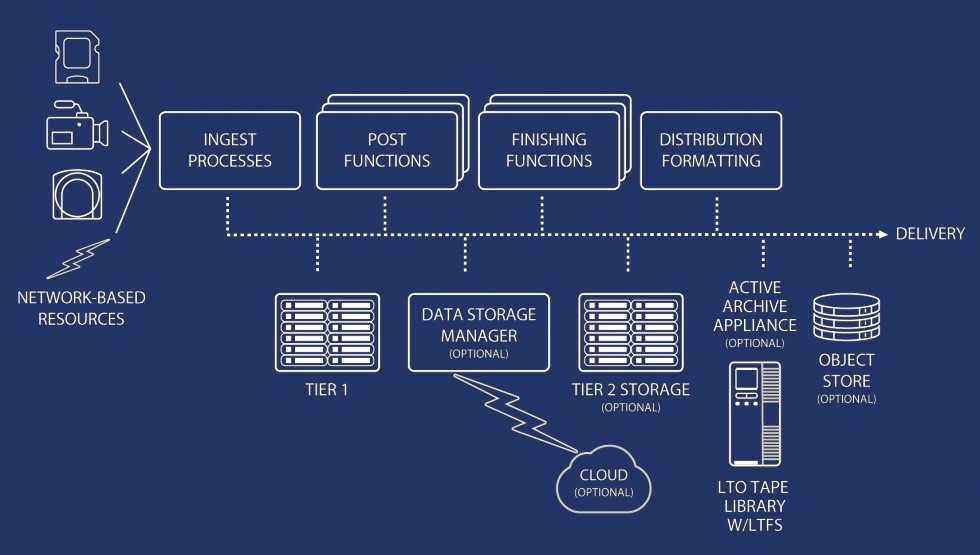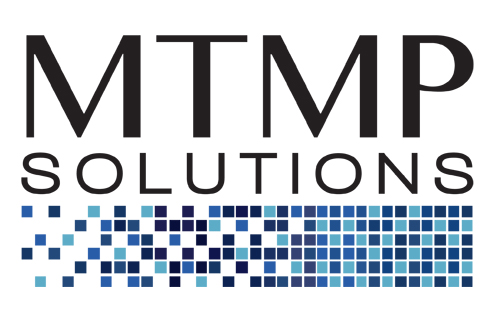 A major producer of both scripted and unscripted television needed to improve their process for managing and storing tens of thousands of hours of files generated by digital cameras. The files were stored on thousands of various types of digital storage media (e.g., portable disk drives, XDCAM discs, SD cards…) shelved in various locations. The media was managed and stored like the former analog video media. Furthermore, from time to time, valuable data was lost due to disk drive failures and the lack of protection copies.
A major producer of both scripted and unscripted television needed to improve their process for managing and storing tens of thousands of hours of files generated by digital cameras. The files were stored on thousands of various types of digital storage media (e.g., portable disk drives, XDCAM discs, SD cards…) shelved in various locations. The media was managed and stored like the former analog video media. Furthermore, from time to time, valuable data was lost due to disk drive failures and the lack of protection copies.
The company’s production executives realized the need to implement processes, workflows, and technologies that exploited the digital file nature of the content they were capturing and enhancing. In essence, they were still working in a videotape style workflow and needed to adapt to a true File Based Workflow.
Requirements
- Safely store all ingested camera files to one network accessible storage system
- Camera files copied to both disk and LTO tape (files to remain on disk during the production lifecycle and on tape indefinitely)
- Archived files need to be stored in a non-proprietary format
- The solution needs to support Post Production workflow and be easy to operate by non-IT personnel
- Able to link to Avid shared storage systems
- Portable enough to reside on-premise or on-set
MTMP’s Solution
An LTFS tape NAS solution with an integrated disk cache and LTO tape library. The disk cache was designed large enough to store the current season’s production content. The solution design included 10Gig network connectivity to allow multiple work stations to both ingest and retrieve files. The entire solution was delivered in a rolling rack with uninterruptable power supplies (UPSs) to provide the portability as well as reliability.
Original Camera Master (OCM) files and mezzanine quality files are stored in the NAS system. The NAS system not only stores copies the files to its disk cache but automatically creates two additional copies on LTO tape. Editors and producers have access to the cached files on disk while protection copies are maintained on tape. A policy can be set for the duration of how much time a given file resides in the disk cache (for immediate access).
At the end of the season’s production the files are cleared from the disk cache. All files continue to be presented by the NAS appliance as an active archive for use in future seasons. They are presented in their original file / folder structure even though they reside on LTO tape out of the library. The NAS appliance manages the retrieval and restore of any requested files. From ingest to archive, a complete File Based Workflow is driving this production to air.
For more information on MTMP solutions and case studies please contact us.
Contact MTMP